BLOG
How Traveling Helps Me Design Better IoT Products
I love to travel. Exploring new cultures, to me, is the spice of life. Even better, I find that I do some of my best design work while I am out there in the world. You might say I’m living the dream!

I consider myself to be very lucky. Because I work remotely, I can indulge my wanderlust and go wherever the wind takes me. As long as I have an internet connection, I can work. If I feel like going to Spain, Africa, Iceland – I can just go. I don’t have to take time off work, I have income to finance my trip, and best of all, I can be inspired by new sights, sounds, smells, and the people that I meet.
In truth, I believe that traveling makes me a better product designer. The cultures I have experienced, the people that I meet, the unique ways in which people use technology, the way they get their information – these are things that can’t be taught.
Sometimes, you have to experience a problem first-hand before you know it’s a problem. Only then can you design a solution that’s going to work for the people who need it most.
Knowing New Cultures Helps Me Design For Accessibility
In the world of product design, accessibility is so important. Identifying the challenges that other cultures face, seeing how they use their devices, and understanding their daily routines make designing products for them that much easier.
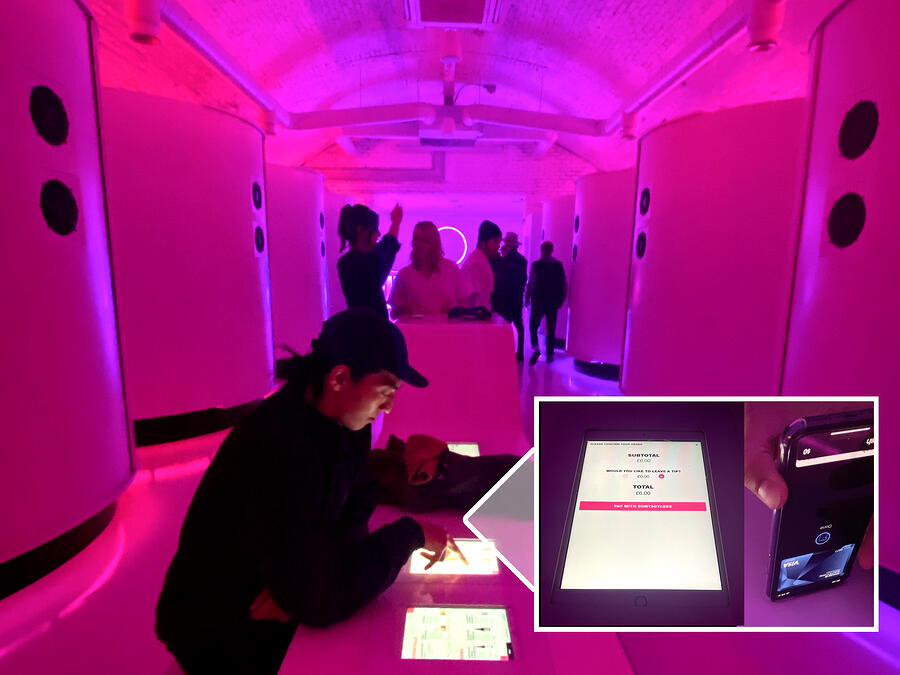
Accessibility is highly relevant, especially in consumer IoT, because we’re making these revolutionary products that are going to make people’s lives so much easier. If you want to get your product into more hands, you have to think beyond borders and ask yourself, “how is this thing going to work in this culture?”
For example, I was recently in Morocco. The native language there is Arabic, which they read from right to left. It’s the opposite of what we are used to in the west. They also speak French, but it is considered a second language. Arabic and a few local dialects are more commonly spoken. Having that connection with somebody that actually speaks that language is better for me, because I can put a face on it. It’s certainly something I would never have considered had I not experienced it first-hand.
This experience is something I can apply to my design work, and it’s always valuable. For example, people in the world speak many languages, so when they visit a website that’s all in English, how can we facilitate them? If we can translate the page, that’s one way, but including every possible language might be impossible. Using a visual language might be more universal. Iconography, for example, is a way to get the point across, so even if they don’t speak the language, they can understand the product or service.
There is a level of trust involved in product design, too. People won’t buy your product unless they trust the company to do right by them. This is another thing I’ve learned from traveling. People want to trust you, it’s in their nature. It seems like it’s only in western culture that we tend to distrust one another.
Here’s an example of that; when we get take-out food in North America, they give it to us in throw-away containers. But when I was in Morocco, takeaway food was provided in clay jars. You take your food, and you bring the jars back the next day, or whenever. There is no fear of anybody stealing those jars.
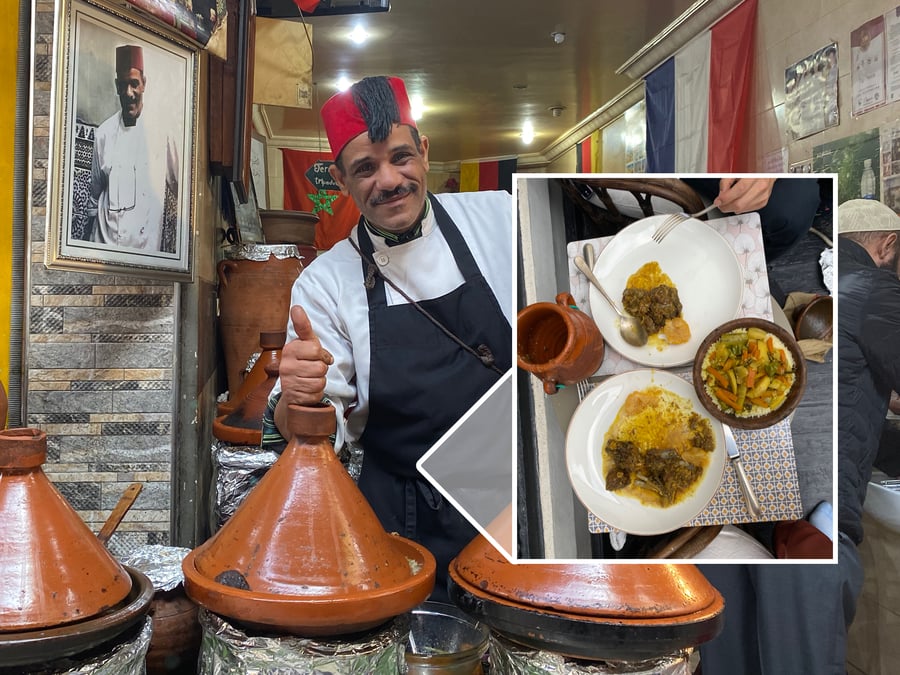
As a product designer, I feel a sense of responsibility to maintain that trust. If they trust me enough to want to buy the product, it should be something that works for them, is safe to use, and doesn’t require a workaround.
Experiencing New Colors, New Designs, New Processes
I always get inspired by seeing new colors, designs, products, and processes that I typically wouldn’t be exposed to. Some of them are interesting, some of them look great but don’t work very well, and some are downright perplexing to the point where you wonder, “what were they thinking?”
Some examples – when I was in Portugal, in stores, restaurants, supermarkets – you buy oranges and take it to this machine to make juice out of them. It’s a normal thing, it’s everywhere, and it’s very inexpensive.
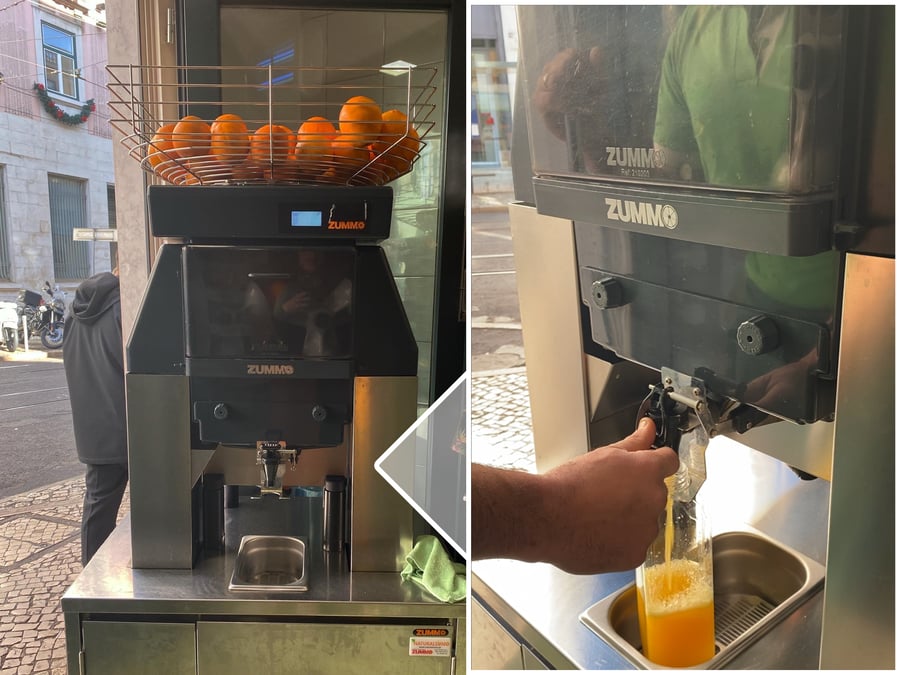
This concept, to me, is an example of how two things complement each other. You have oranges, and you have the machine. They’re together in one place, and it’s easy, fast, and logical to go there. I can take this general concept and apply it to the user experience, and it’s especially relevant in terms of IoT.
Japan is another place where design is everywhere you look. It’s so subtle but so incredibly relevant to people’s needs. In my opinion, that’s what design is all about! For instance, if you buy a pack of gum, it comes with this little notebook inside so you can throw the gum away when you’re finished. So simple, but so useful! Japan designs their products from the beginning to the very end.
Discovering New Technologies
Another exciting aspect of world travel is discovering new technologies. Every country in every part of the world has really fascinating takes on tech, and it’s all reflective of its people, their needs, and the local culture.
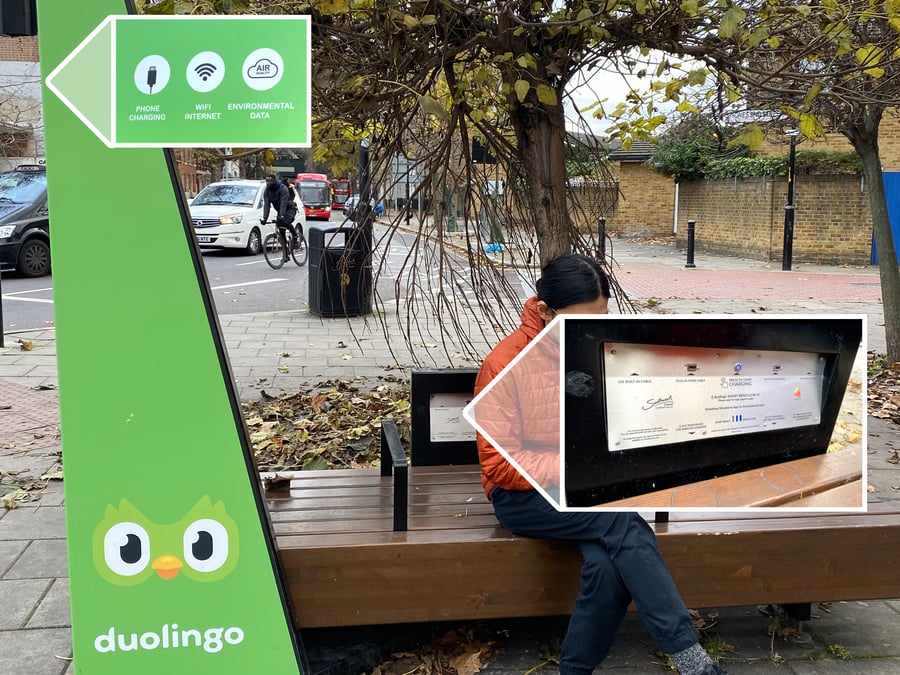
In London, they have smart benches where you can access Wi-Fi and charge your phone. London is a city where everybody walks, so having these benches along the way is such a great thing. Plus, if you’re traveling, you might not have a good wireless plan for overseas, so hopping onto some Wi-Fi helps you stay connected.
I like to check out what developers are doing in other countries as well. I use Tryme to check out apps that typically wouldn’t be available in other countries. It gets the creativity flowing and sparks my curiosity.
I take a lot of photos when I travel, too. It’s a way for me to stay creative, and I feel like it’s letting me see the world through a different set of eyes. You can check out some of these photos on my Instagram account.
My Top Tips for Traveling While You Work
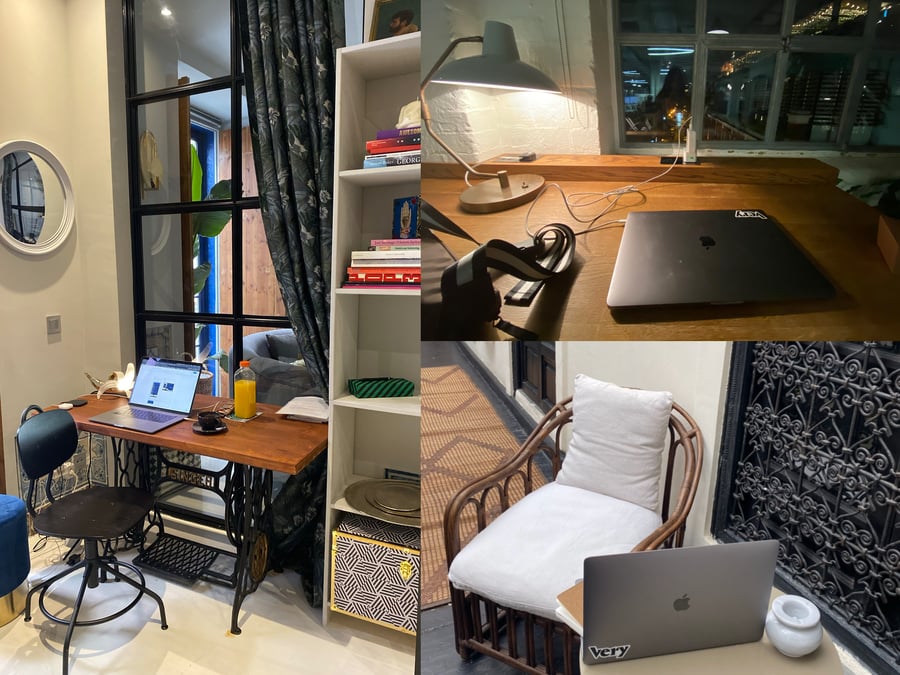
In my travels, I have discovered a few non-negotiables. If you travel for work or if you work remotely, like me, you’re always looking for little hacks to make life easier. Most of the time, it’s a “live and learn” situation, but there are some common threads that are good to keep in mind.
Here are the tools and tips that, for me, are essential to a successful working vacation:
- You need reliable Wi-Fi. We tend to take Wi-Fi for granted, but it’s not always available. In some countries, especially if you’re not in a city center, Wi-Fi might not be as everyday as it is for us. If you need the internet to get your work done, you’ll want to make sure there is a reliable connection where you’re staying. Don’t take it for granted! There are some great options out there for travelers, like SkyRoam (but there are others), which gives you an unlimited portable hotspot connection.
- You need a reliable outlet/converter. You can buy wall converters anywhere, but they don’t always work well. If you use a USB connection for power (to charge your phone, for example), you are better off buying an outlet plug in your destination country.
- Bring tape. Okay, this sounds a little strange, but I’m an Apple user. The power supply is really big and bulky, so it often falls out of the converter, but it’s nothing tape won’t fix. I was in a coffee shop in Portugal where the power outlets were on the ceiling, and I saw people doing this.
- Convert to the local time zone. Keeping track of what time it is for your team is often a challenge. I suggest changing your phone to the local time zone right away – or if you use Slack, it tells you automatically what time zone your team members are in, so you are never late for a meeting.
P.S. Do you have any travel tips to share? Any fantastic products you’ve encountered in your travels? I’d love to hear about them!
If you are looking for an IoT product development team with global vision and boundless curiosity, reach out today. We would love to hear about your ideas and show you how we can bring them to life.











